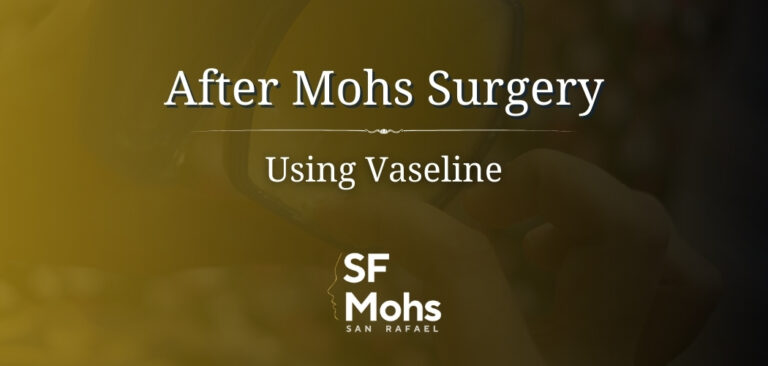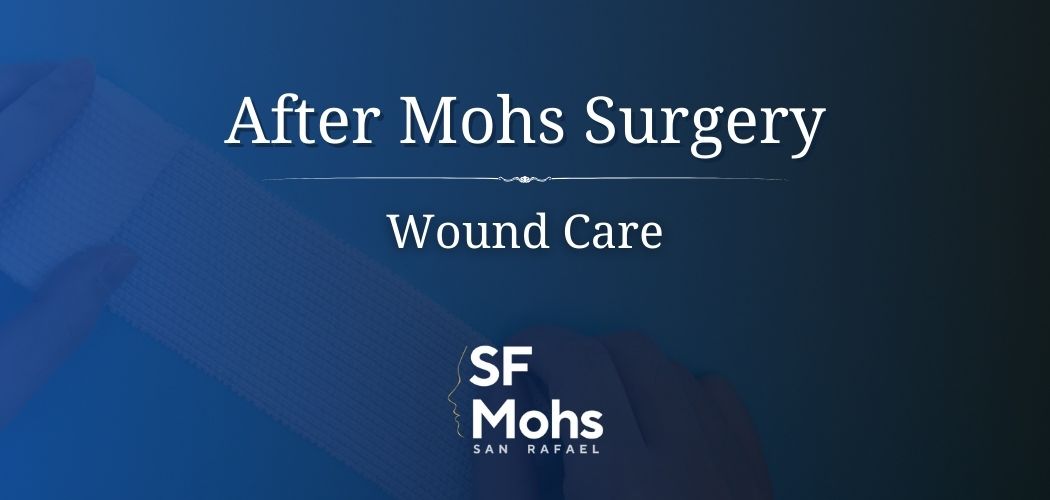
After you’re diagnosed with skin cancer on your face, Mohs surgery might be recommended.
It’s a highly effective procedure that can help to remove the cancer, but it leaves a wound that needs proper care to recover and avoid infection. Wound care after Mohs surgery on the face is incredibly important, and that’s what we’ll be covering in this article.
Care of Your Wound After Mohs Surgery
Even though Mohs surgery is not considered a very invasive procedure, you still have to keep in mind the fact that it leaves a wound.
Taking care of this wound after you’ve had the surgery can help to prevent complications. It’s also something that speeds up recovery time.
There are a couple of steps that you need to follow for wound care after facial Mohs surgery. We’ll take a closer look at the specific steps that you should follow in this section.
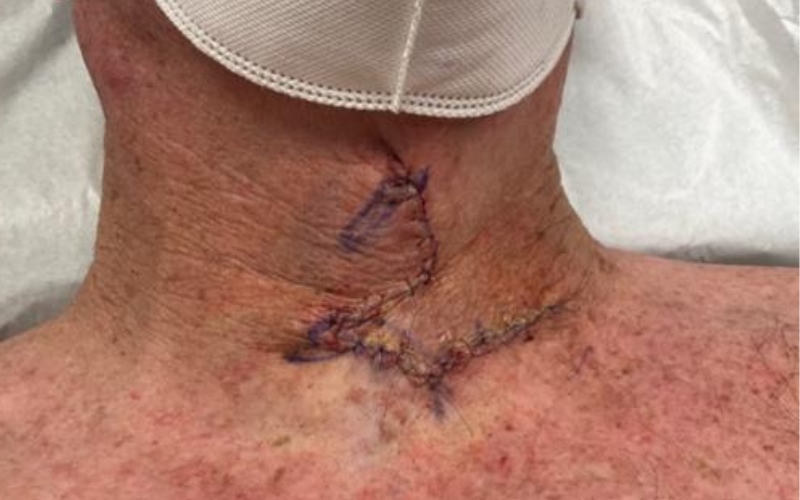
Washing & Cleaning Your Wound
You shouldn’t allow any water near the bandage within the first 48 hours after you had the surgery.
This is a critical time in the wound’s healing process – so keep the bandage dry at all times. You can take a bath or shower, but don’t allow water near the surgery site.
After you’ve worn the bandage for 48 hours (depending on advice from your dermatologist) you’ll need to remove it. Regularly cleaning the wound now plays an important role in helping keep bacteria out. Plus, when you keep the wound clean, it helps with the healing process.
Dr. Gogia will give you some instructions to follow. It’s a good idea to carefully go through these instructions and make sure to implement them as recommended.
Step 1
You’ll begin by washing your hands. Use soap and water – this is going to get rid of debris, dirt, and germs that are on your hands. In turn, you’ll be able to avoid transferring bacteria from your hands to the wound, which could result in an infection.
Step 2
Carefully remove the bandage and dressing from the wound. Now, use a Q-tip or a cotton ball with some soap and water to clean the area. Use a gentle soap that won’t irritate your skin. Rinse the wound off with some clean water.
Step 3
After washing the wound, pat it dry with a clean towel.
Book a Consultation With Dr. Ravinder Gogia, MD
San Rafael’s Leading Mohs Surgeon
Dr. Gogia is a board-certified Dermatologist and specialist in Mohs Surgery.
We serve areas including:
We can help if you:
Using Petroleum Jelly
Next up – you should be applying some vaseline to the wound.
Petroleum Jelly helps to create a seal and can do wonders when it comes to preventing infections and ensuring the wound heals.
You should apply a generous amount of petroleum jelly to the wound. Again, make sure your hands are clean when you use the jelly. You should apply it to the wound and the surrounding area.
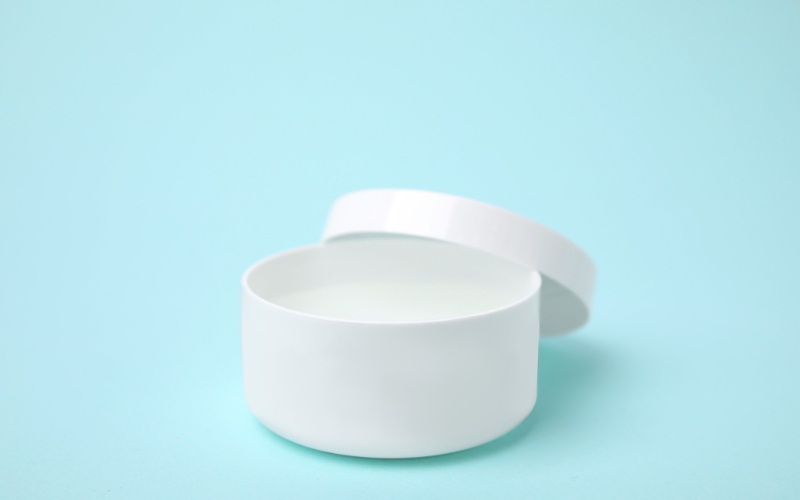
Dressings and Bandages
The final step is to place the right dressings on the wound, followed by a bandage that helps the dressing stay in place. This is only necessary in the first stages of wound healing – your dermatologist will tell you when to stop using dressings.
Never use dressing or bandages that were on the wound previously. You should always use new dressings that are sterile to avoid contamination of your wound.
Here are the specific instructions to follow when applying dressings and bandages:
Activities to Avoid
In most cases, you won’t have any serious restrictions to follow while the wound is healing. However, do keep in mind that within the first 24 hours after the surgery, you should take things slow.
Dr. Gogia may recommend that you rest and remain still during the first day. This is because some activities may cause the wound to start bleeding. This is especially the case when multiple layers of skin are removed to remove the lesion. In this time you should avoid:
Once the first 24 hours have passed, you should be able to go back to your normal routine. You can read more on this in our article about recovery from Mohs surgery.
Something to keep in mind is that there are also certain habits that can inhibit the healing process – particularly smoking.
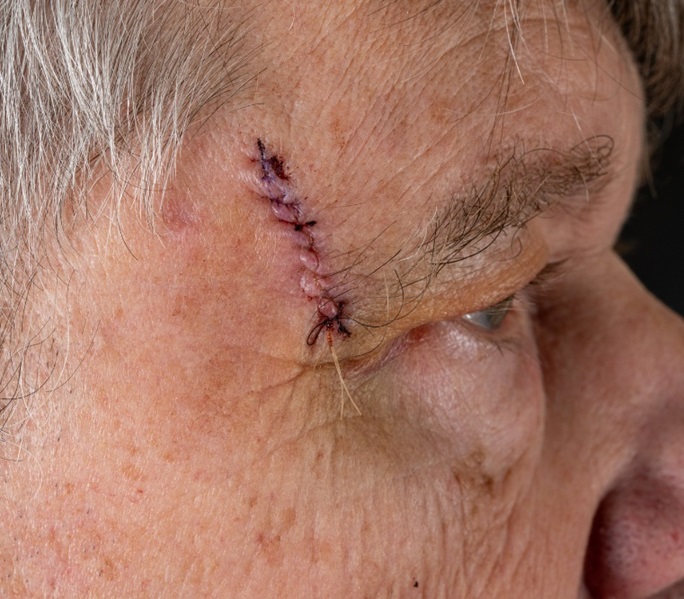
Why Wound Care is Important After Mohs Surgery
One of the most important reasons why you need to understand the proper steps for the care of your wound is to help avoid infection. When bacteria gets into the wound, it can lead to an infection.
Symptoms of wound infection include:
If you follow the wound care instructions provided after surgery, it’s highly unlikely you’ll experience an infection. That’s because steps like keeping the area clean and using petroleum jelly help to prevent bacteria from entering the wound.
The main thing to consider here is the fact that infections can spread and become severe, especially if they are not treated promptly. Should you experience signs of an infection, you should call the office as soon as possible. An appointment can be arranged to inspect your wound.
In cases where there is an infection, Dr. Gogia will likely give you an antibiotic ointment that can be used to treat the bacterial infection in the wound. You’ll need to apply this ointment regularly.
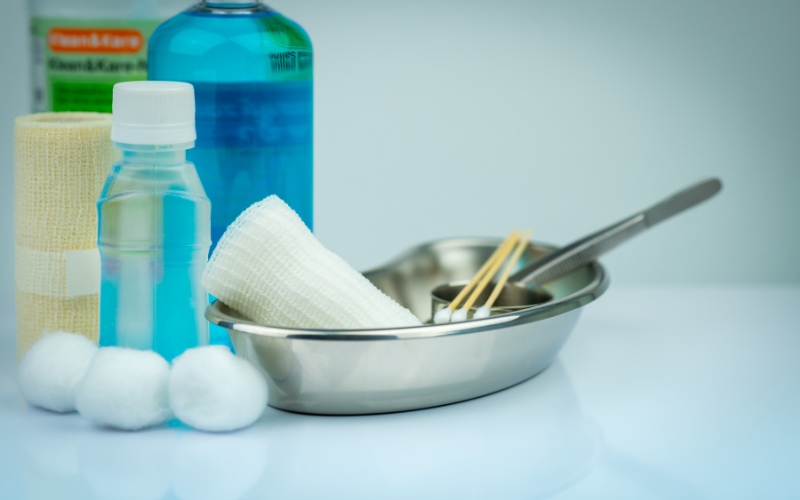
How Long Do I Wear a Bandage After Mohs Surgery?
There are a couple of things to keep in mind when it comes to how long you’ll wear a bandage after you had Mohs surgery.
The invasiveness of the surgery – how much tissue has been removed – is an important factor to consider. Therefore, it’s hard to offer an exact answer when asking how long you’ll need to use a bandage. Here a few factors that will affect this:
In most cases, you’ll need to keep the post-operative bandage on for about 48 hours. After this, you’ll remove the bandage, clean the area, and apply clean dressings on the wound.
You’ll need to wear the bandages for as long as the sutures remain in the wound. Once your dermatologist is happy with the healing process, they will remove the sutures. At this time, they will discuss the next steps with you and talk about whether or not you still need to continue wearing a bandage.
It’s important to understand that the wound isn’t completely healed by the point at which you have the sutures removed. It will still take a couple of weeks to properly heal.
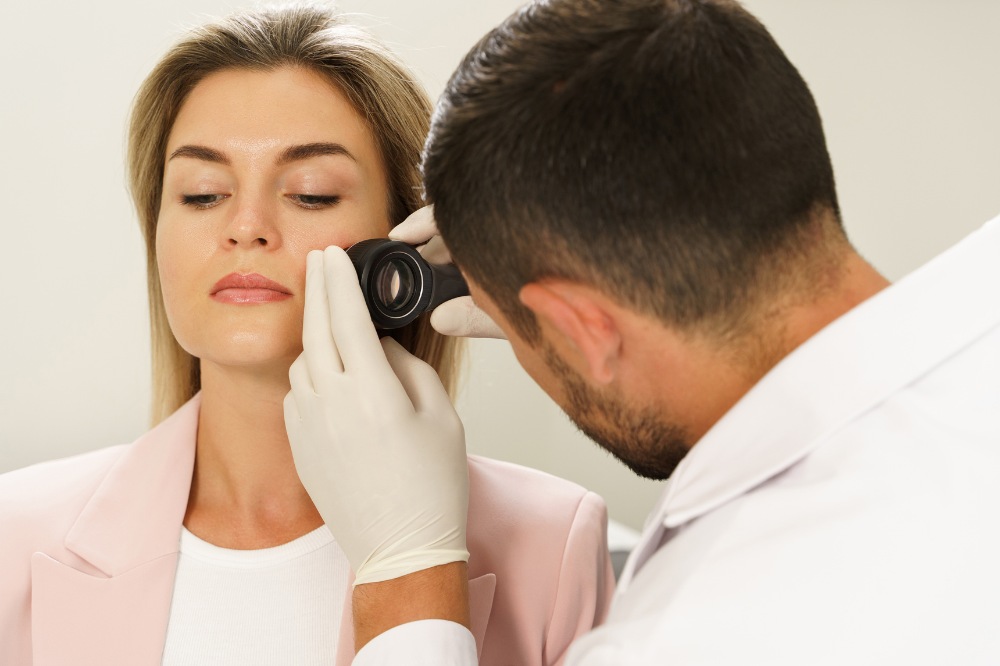
Troubleshooting Issues After Mohs Surgery
While very effective at removing skin cancer, you may encounter some common issues. When these show up, you might feel worried – but it’s important to stay calm and decide whether you can solve them, or if you need to get in touch with us.
In this section, we’ll focus on three relatively common problems that sometimes persist after Mohs surgery: bleeding, pain, and swelling. We’ll consider when it’s normal and in which cases you might need some medical attention to help prevent complications.
Bleeding
During surgery, your doctor will remove layers of your skin up to the point where there are no more signs of skin cancer. Bleeding will happen during the procedure, especially when the doctor needs to remove multiple layers of skin.
However, after the surgery is done, you shouldn’t experience much bleeding, other than minimal amounts on your wound dressing.
If you notice continuous bleeding, however, then you should remove the dressing and apply some pressure on the wound with a clean gauze pad. It’s a good idea to lie down when you do this. Keep the gauze pad on the wound for about 20 minutes.
The bleeding should stop within this time, but if it doesn’t, repeat this procedure. If you’re having trouble with the bleeding, then it’s important to contact your dermatologist. They can advise you on the best steps to help with the bleeding.
In some cases, you may need to go into the office to get medical help to stop the bleeding.
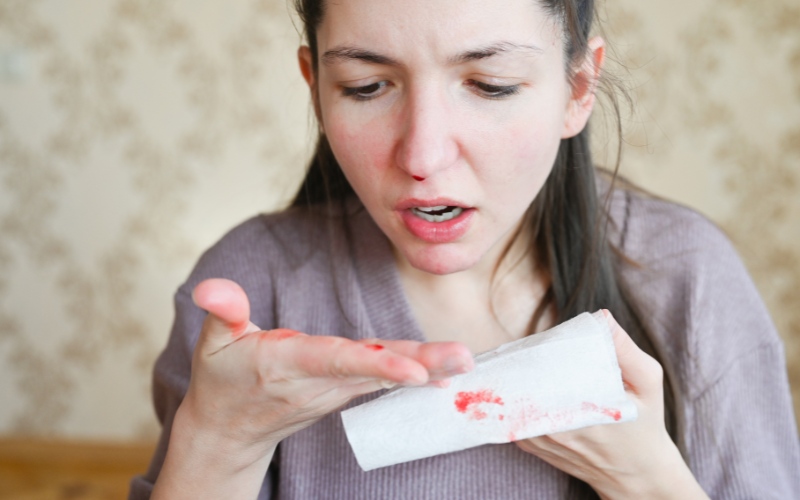
Pain
Some pain is to be expected when you’ve undergone surgery. Your dermatologist will advice you on the best strategy to manage this.
Don’t take medications like ibuprofen and aspirin as these can increase the risk of bleeding from the wound.
Instead, you should take Tylenol. You can also opt for acetaminophen. You can take these tablets a few times a day – be sure to look at the packaging for the specific dosage instructions. It’s important not to take more of these pain medications than recommended.
In cases where the pain is severe and persists even after taking pain medication, you must let your doctor know. They can prescribe stronger medications or ask you to come into the office.
You’ll be asked to carefully monitor the healing progress of the wound, as pain can sometimes be a sign of an infection. In this case, you’ll need additional treatment to prevent the infection from becoming worse.
Swelling
Following the surgical procedure, it’s quite common to see some swelling in the area. You’ll notice that the swelling starts to go away on its own as the wound continues to heal.
An ice pack is a great way to help with swelling after the surgery. Wrap the ice pack in some towels first. Don’t apply the ice pack directly to your skin, as this may cause damage. Remember that, following the procedure, this area of skin on your face is quite fragile.
However, if the swelling becomes severe, you should notify Dr. Gogia. He can assess the wound and look for signs of an infection – the sooner an infection is treated, the better.
Conclusion
While you’re usually able to get your sutures removed after Mohs surgery in about five to 10 days, it’s important to understand how you should care for the wound.
Proper care can help you avoid complications and improve the healing process, which ultimately also helps to minimize scarring from the surgical procedure.

